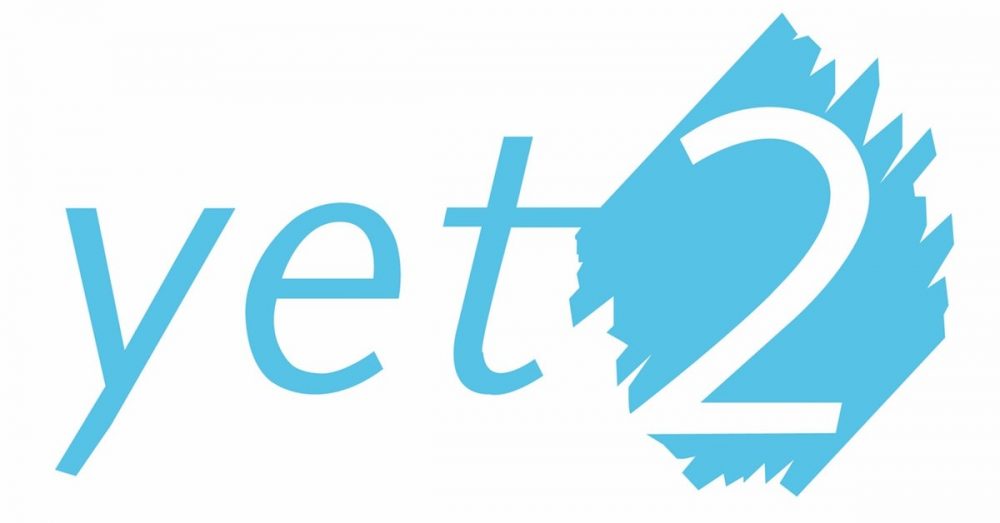This project is no longer open for submissions.
NASA is seeking low-cost automotive and related sensors for Lunar landing applications. With the auto industry making large investments to develop a variety of sensors for autonomous vehicles, the possibility that NASA could leverage some of this investment for landers is worth exploring. While mass and power are always important, the emphasis of this effort is to identify sensors from other industries, especially the auto industry, that have potential as lander sensors. To have “potential” means that the sensor will contribute to navigation and that it has a viable path to application in space. Sensors that are certainly of interest include:
- Range and/or range rate sensors
- Surface mapping sensors (3D point cloud for Hazard Identification. Hazards are boulders, craters and steep slopes)
The longer the sensors range the better, but even sensors with a range of a few hundred meters are of interest. Sensors that have reasonable ability to be modified for space applications, such as solid-state lidar, are of great interest.
Background:
Guidance, navigation, and control sensors are vital to exploration of other planetary surfaces where Earth-based GPS is not available. These technologies ensure that vehicles are able to make precise landings while avoiding hazards (craters, boulders, and steep slopes). The automotive industry has made significant advances in obstacle detection and avoidance technologies, particularly with regards to reducing the cost. NASA is interested in identifying partners for the development of low-cost sensing technology for space applications.
Constraints:
- Long-range (up to several kilometers) sensing technologies are of high interest, but short-range (several meters to a couple of hundreds of meters) technologies are also in scope.
- Low mass (as low as 150g to as large as 10kg, depending on lander size).
- With peak power consumption (<10W to <100W, depending on lander size), but low power required for standby mode.
- Low cost (<$20,000 ideally).
- It is ideal, but not required, that the solution be able or easily modified to operate in space.
- Ability to measure relative position and velocity is a real need.
Possible Solution Areas:
- Lidar technologies
- Radar technologies
- Automotive and autonomous sensing technologies
- Novel terrain mapping technologies
- Long range obstacle detection technologies
- Academia, industry, or government projects or advancements in lidar and related technologies
Desired outcome of the solution:
Looking for long-term partners who are developing or capable of developing long and/or short-range obstacle detection technology that can operate in space.
Field of use and intended applications:
Aerospace landing
